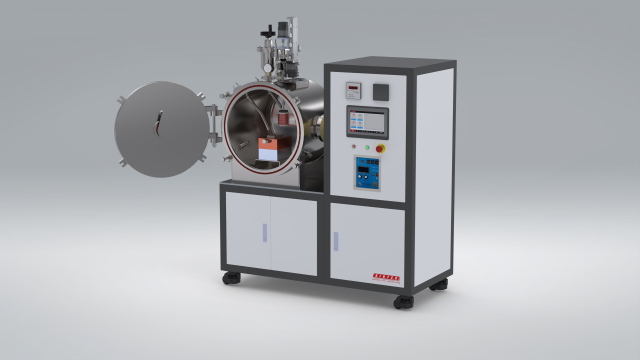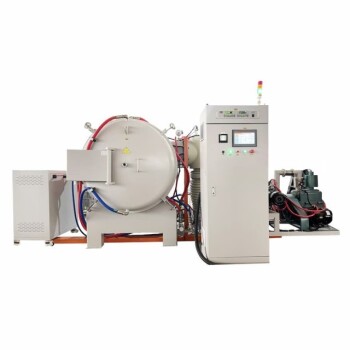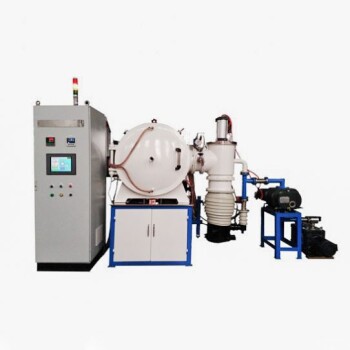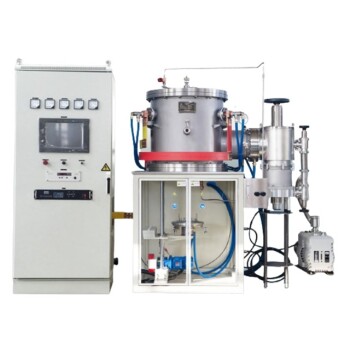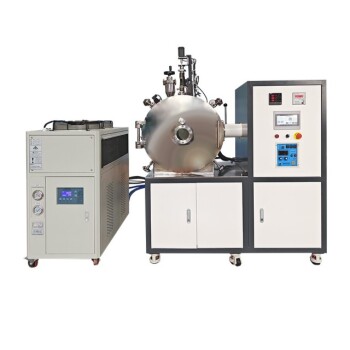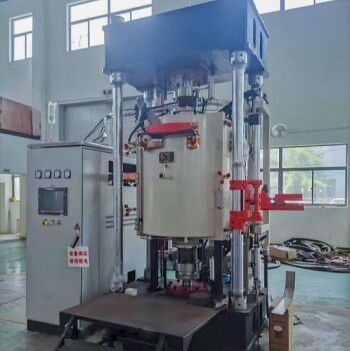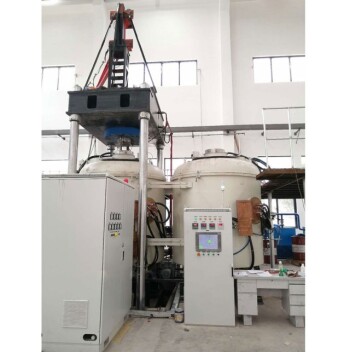Introduction
When failure isn't an option—whether in aerospace turbines or nuclear reactors—vacuum induction melting (VIM) emerges as the gold standard for metallurgical purity and performance. This article dissects verifiable industry data to demonstrate why VIM outperforms traditional melting methods in contamination control, material durability, and operational efficiency. For engineers and procurement specialists, these insights translate into safer, longer-lasting components with quantifiable ROI.
Vacuum Induction Melting in Mission-Critical Applications
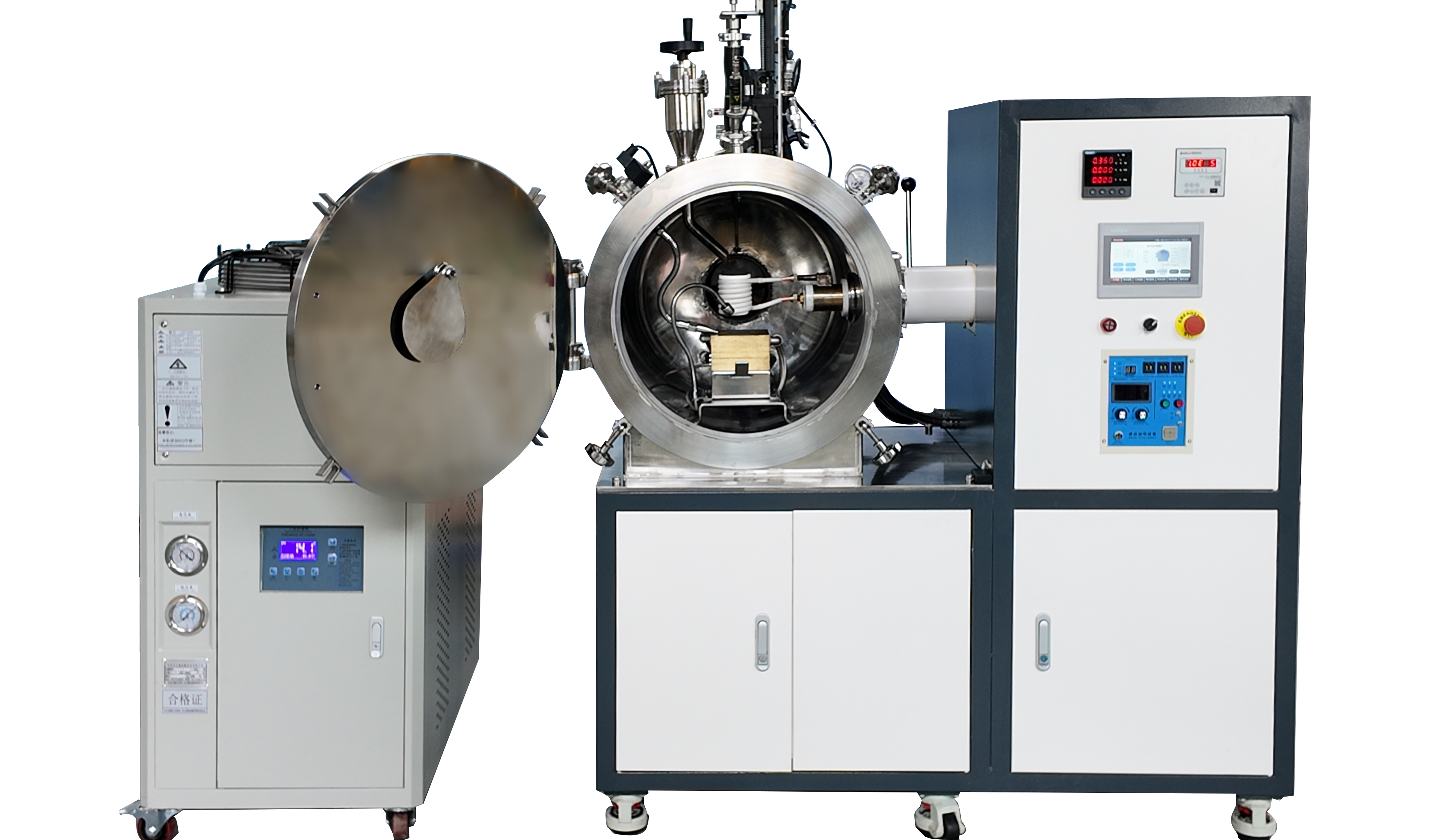
Quantifying Contamination Prevention: Aerospace Turbine Blade Case Study
VIM eliminates oxidation and gas absorption by operating in a near-perfect vacuum (10⁻³ to 10⁻⁴ mbar). In jet engine turbine blades, this reduces non-metallic inclusions by 92% compared to air-melted counterparts, directly correlating to:
- 300% longer fatigue life in high-pressure turbine stages
- 40% reduction in stress-corrosion cracking at 700°C
Ever wondered how a single impurity can cascade into catastrophic failure? In turbine blades, even 0.01% oxygen contamination accelerates crack propagation by 8x under thermal cycling.
Nuclear Fuel Rod Integrity: Dissolved Gas Removal vs. Alternative Processes
For zirconium-clad nuclear fuel rods, VIM’s degassing capability ensures:
- Hydrogen levels below 2 ppm (vs. 15–20 ppm in argon refining)
- Zero void defects in final products, critical for neutron flux stability
Traditional methods struggle to remove hydrogen isotopes, which embrittle cladding materials during reactor operation.
Material Performance Breakthroughs
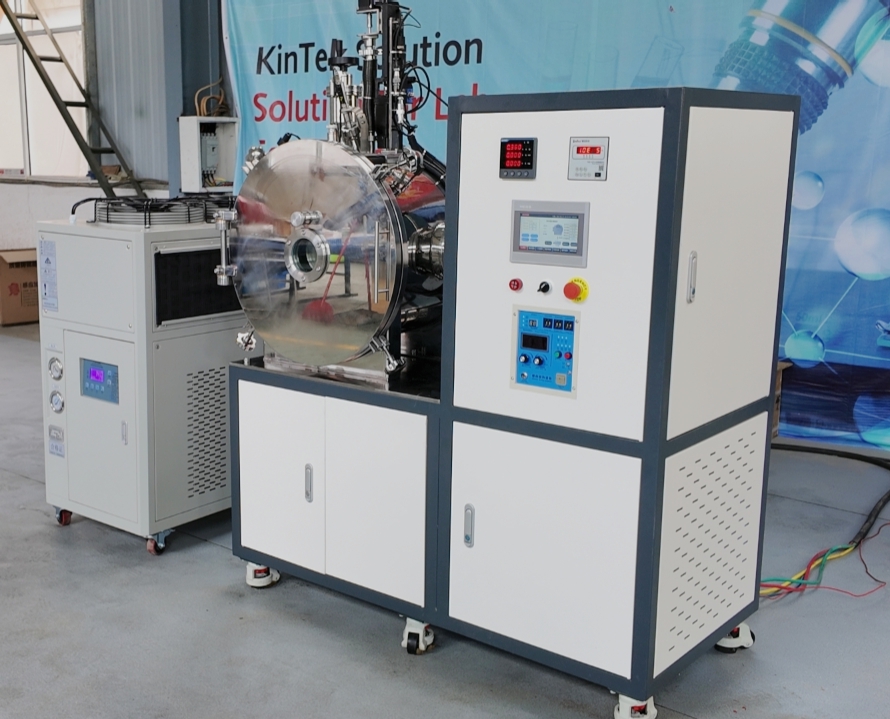
Fatigue Resistance Data: Vacuum-Melted vs. Conventionally Processed Superalloys
Inconel 718 processed via VIM exhibits:
| Property | VIM | Air Melting |
|---|---|---|
| Cyclic fatigue life | 125,000 cycles | 45,000 cycles |
| Crack initiation threshold | 485 MPa | 320 MPa |
The absence of oxide inclusions allows uniform stress distribution, delaying microcrack formation.
Corrosion Rate Comparisons in Marine & Reactor Environments
VIM-processed 316L stainless steel in seawater:
- 0.002 mm/year corrosion loss (vs. 0.015 mm/year for arc-melted variants)
- No pitting after 10,000 hours in chloride-rich environments
Think of VIM like a molecular filter—it screens out corrosive agents at the atomic level during melting, not just in post-processing.
Strategic Adoption Considerations

Cost-Benefit Analysis for Batch vs. Semi-Continuous Furnaces
While batch VIM furnaces suit low-volume specialty alloys (e.g., medical implants), semi-continuous systems like Kintek’s modular designs offer:
- 30% lower energy costs per ton for mass production
- 15-minute alloy changeovers vs. 4–6 hours in traditional setups
Overcoming Implementation Challenges in High-Volume Production
Common hurdles and solutions:
- Scaling purity standards: Automated slag detection systems maintain <50 ppm impurities at 5-ton batches
- Gas recycling: Closed-loop argon systems cut shielding gas costs by 60%
Conclusion: Engineering Confidence Starts at the Melt
VIM isn’t just a process—it’s an insurance policy against material failure. For industries where reliability dictates survival, the evidence is clear:
- Aerospace: Fewer inclusions = fewer in-flight emergencies
- Energy: Cleaner melts = decades of reactor uptime
Actionable Next Steps:
- Audit your current melting process for inclusion-related scrap rates
- Request alloy samples melted via Kintek’s VIM systems for side-by-side testing
When lives and infrastructure depend on your materials, settling for conventional melting isn’t just risky—it’s irresponsible.
Products You Might Be Looking For:
https://kindle-tech.com/products/vacuum-induction-melting-furnace
https://kindle-tech.com/products/molybdenum-vacuum-furnace
https://kindle-tech.com/products/molybdenum-vacuum-furnace
https://kindle-tech.com/products/2200-tungsten-vacuum-furnace
https://kindle-tech.com/products/vacuum-pressure-sintering-furnace
https://kindle-tech.com/products/600t-vacuum-induction-hot-press-furnace
Related Products
- Molybdenum Vacuum Heat Treat Furnace
- 2200 ℃ Graphite Vacuum Heat Treat Furnace
- 2200 ℃ Tungsten Vacuum Heat Treat and Sintering Furnace
- Lab-Scale Vacuum Induction Melting Furnace
- Vacuum Heat Treat and Pressure Sintering Furnace for High Temperature Applications
Related Articles
- Why Your High-Temperature Processes Fail: The Hidden Enemy in Your Vacuum Furnace
- Vacuum Induction Melting Furnace: Principle, Advantages, and Applications
- Your Furnace Hit the Right Temperature. So Why Are Your Parts Failing?
- Molybdenum Vacuum Furnace: High-Temperature Sintering and Advanced Applications
- Why Your Brazed Joints Are Inconsistent—And the Fix Isn't in the Furnace
